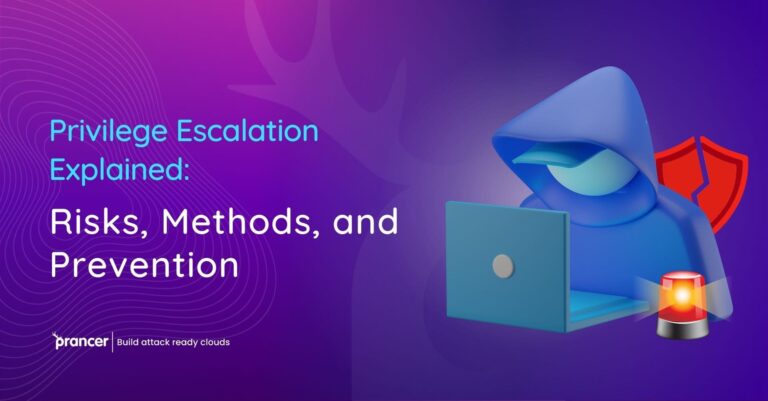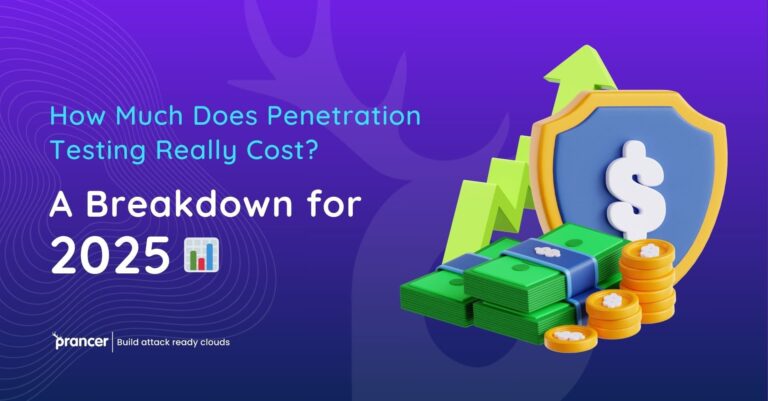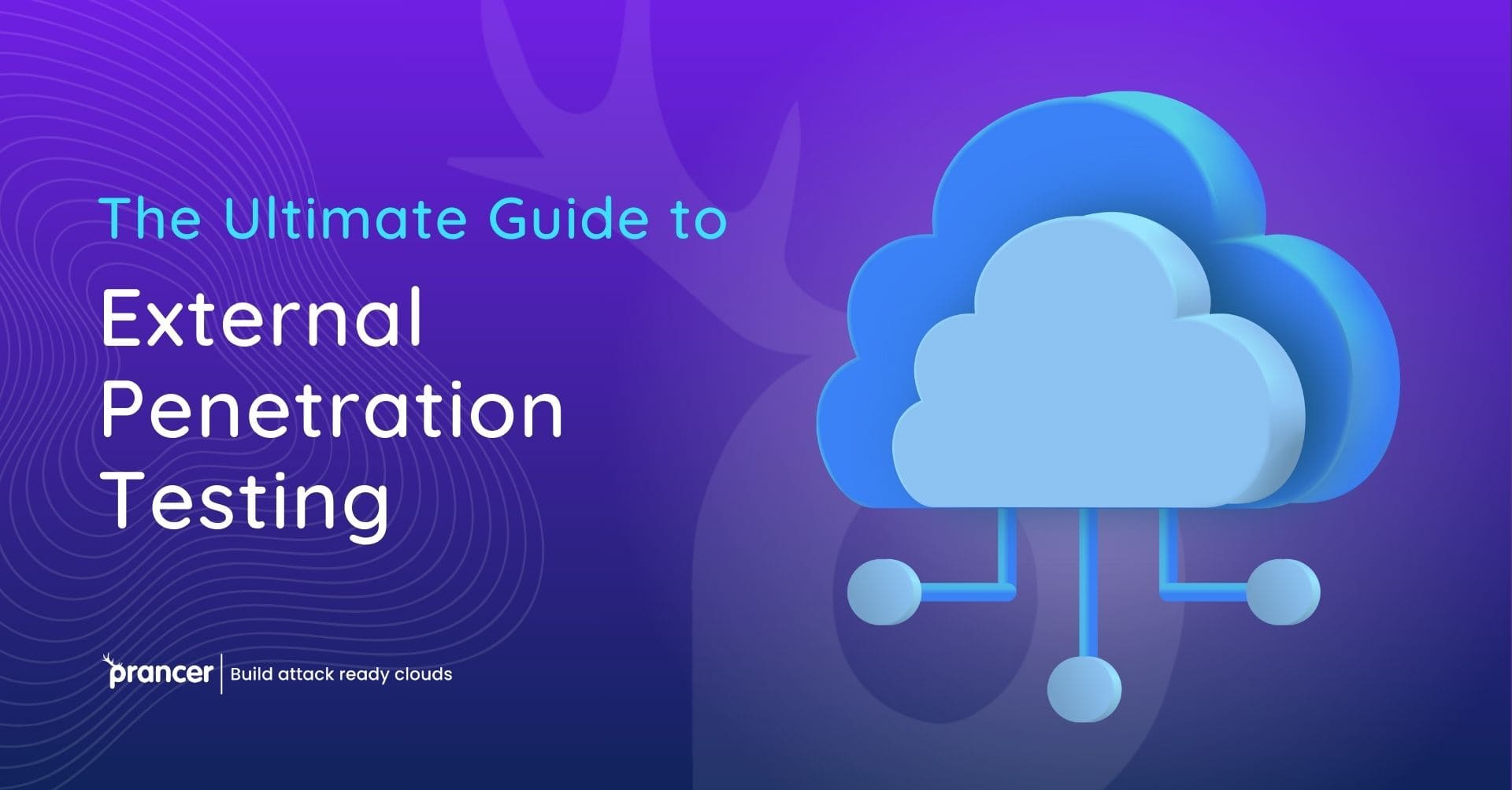It is therefore important for the security of any organization’s network in the modern world dominated by technology. There is no better way of achieving this other than through external pen test. In this process, one can pretend to be a hacker and attack their own network to determine the weak points before the actual hackers do so. Here in this extensive guide, we are going to dive deep into understanding what external penetration testing is, why it is important, and how Prancer, the best name in the external penetration testing market, can assist you in protecting your important assets.
What is External Penetration Testing?
External pen testing comprises testing the company’s network from outside in a bid to discover security weaknesses. While internal penetration testing involves emulating attacks from inside the network, external penetration testing involves the outside world, that is, hackers. This is especially important for organizations that have internet exposed systems as it assists in ascertaining the effectiveness of the existing security measures.
The Reason behind External Penetration Testing
As it has been mentioned, modern threats are getting more and more complex, and this is why external penetration testing is highly important nowadays. They assist the organization to keep one step ahead of the attackers by pointing out prospective weaknesses that could be exploited. It is preferable for your organization to take the following proactive steps to avoid incurring huge losses through data breaches and protecting the image of your firm. Since Prancer is a professional in cybersecurity, he notes that external penetration testing should be conducted frequently as a part of organization’s security measures.
This outlines how external penetration testing works.
External penetration testing typically follows a structured process:
- Planning and Reconnaissance: The first step is to understand what the test is about and what anyone preparing to take it wants to achieve from it.
- Scanning: Emphasis on the identification of possible points of entry.
- Gaining Access: Seeking to take advantage of weaknesses.
- Maintaining Access: In this context, it is necessary to decide whether the vulnerability provides a continuous connection to the system.
- Analysis: The preparation of an appropriate report of the discoveries made.
They include the process of identifying the vulnerabilities in the network architecture that requires protection.
Major Advantages of External Penetration Testing
External penetration testing offers numerous benefits:
- Identifies Vulnerabilities: Can assist in the identification of security weaknesses.
- Enhances Security Posture: Enhances general defense procedures of the body.
- Compliance: Helps in compliance with the set legal standards.
- Protects Reputation: It helps to avoid data leakages which are disastrous to your brand
This is due to Prancer’s specialization in external penetration testing, which guarantees the optimization of these benefits for its clients.
Common Vulnerabilities Found
During external penetration testing, several common vulnerabilities may be uncovered:
- Weak Passwords: Passwords that can be easily guessed or are normally used in everyday life.
- Unpatched Software: Old software that is well known to be vulnerable to attacks.
- Misconfigured Systems: The systems under consideration are not optimized for security.
- Open Ports: Open ports not required for communication that might be raised and used by hackers.
The team that Prancer has is quite capable of addressing these issues and fixing these vulnerabilities most efficiently.
Automated Penetration Testing: The Future
There is prosaic trend toward the use of semi-automated and automated penetration testing as technology progresses. They can perform scans for vulnerabilities automatically, so such a process will take less time. Automated testing is beneficial; however, it should be integrated with manual testing to obtain accurate results of the security examination. Computer aided type is incorporated with manual testing to make penetration testing more efficient and less time consuming.
Ready to strengthen your defenses? Book a demo with Prancer today and see our solutions in action!
External and Internal Penetration Testing
Understanding the difference between external and internal penetration testing is essential:
- External Testing: Majorly centers its threats on factors originating from outside the network.
- Internal Testing: It imitates attacks of insiders on the network.
Both forms of testing are significant for a strong security plan. Prancer offers both services to ensure all the possible risks are fully discovered and eliminated.
Selecting the Penetration Testing Service Provider
Choosing the right provider for external penetration testing is very important. Consider the following factors:
- Experience: You should make a point of working with providers that have been in the business for a while.
- Tools and Techniques: Make sure that they apply sophisticated tools and methods.
- Reputation: Redeemers should read tests and reviews.
- Customization: The convenience of the way the services are offered as per the client’s desire.
Prancer is ranked first because it is a specific and elaborate penetration testing service provider.
Preparing for an External Penetration Test
As with any type of assessment, adequate preparation is critical to the success of an external penetration test. Here are some steps to take: Here are some steps to take:
- Define Scope: It is important to define in detail what is going to be covered in the test.
- Inform Stakeholders: Make it certain that all people know about the test.
- Backup Data: Backing up files is a way you can protect critical data.
- Review Policies: Make sure that your security policies are the most current.
It should also be noted that Prancer helps clients to adequately prepare for penetration tests and helps them be run efficiently.
Post-Testing Procedures and Remediation
The respective process moves to remediation after the external penetration test has been conducted. This involves:
- Analyzing Results: After the collection and analysis of the data, reading through the detailed report of findings.
- Prioritizing Fixes: Starting by solving the most acute threats in their evolution.
- Implementing Changes: This is to make some changes that would improve the security level.
- Retesting: To ascertain that the vulnerabilities are well addressed, follow-up tests are conducted.
During the remediation process, the Prancer conducts detailed assistance for clients to enhance their security systems.
Successful Real-life Penetration Testing Cases
External penetration testing is well exemplified by real life incidences. Here are a few success stories: Here are a few success stories:
- Financial Institution: A bank recently identified staggering risks that it had been facing and managed to avoid a threat.
- Healthcare Provider: Addressed and resolved issues relating to the data of their patients.
- E-commerce Company: Protected their online platform against more sophisticated dangers.
The clients of Prancer have been able to experience major enhancement in their security from the penetration tests that have been conducted.
Conclusion
External penetration testing is one of the most important measures that should be included in any company’s comprehensive security strategy. Thus, by discovering the weak points, it is possible to prevent external risks for the organization. Therefore, through the mastery of this field by Prancer, clients’ digital assets can be well protected through efficient penetration testing. Continuous testing and addressing all the security issues that are found as soon as possible are the major factors that take a company far when it comes to security.




